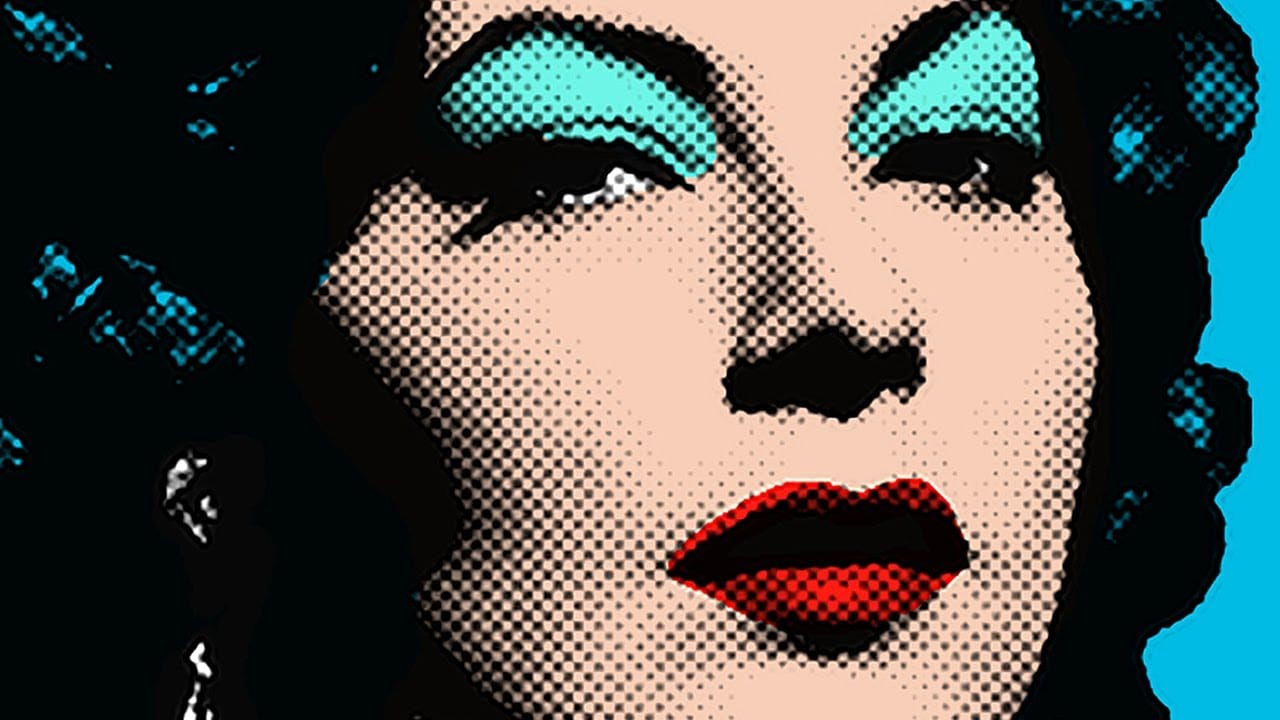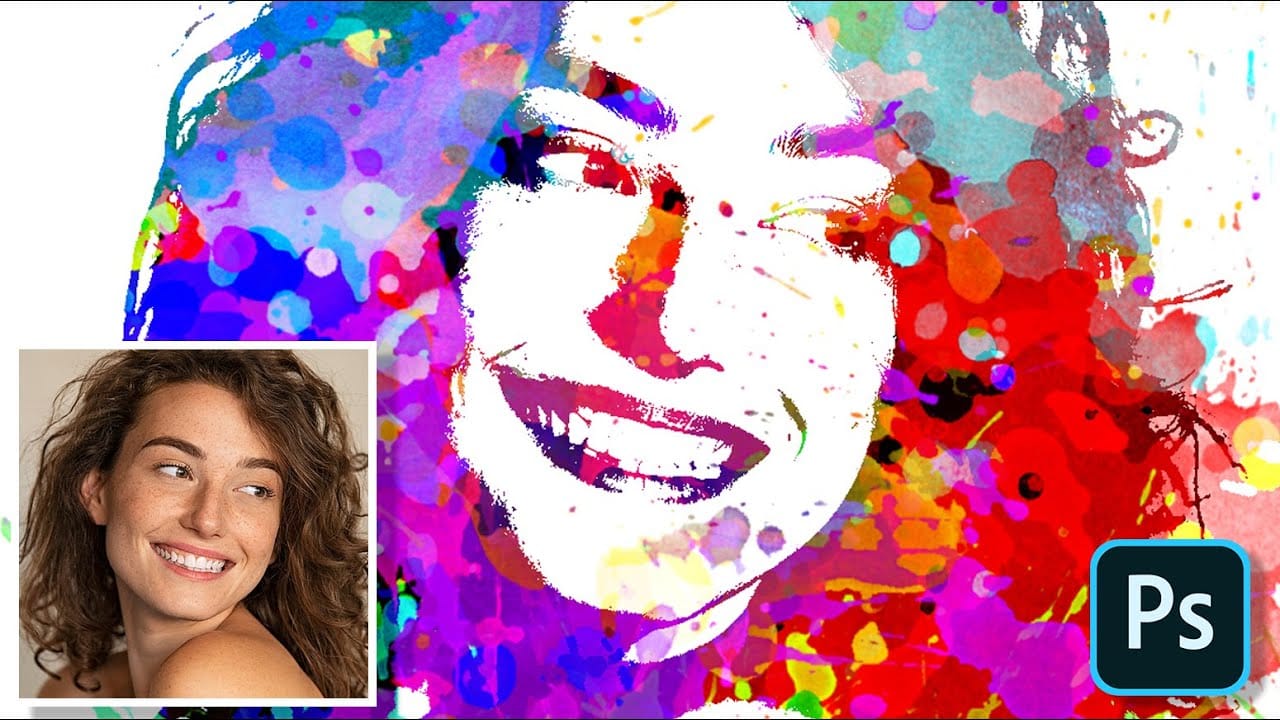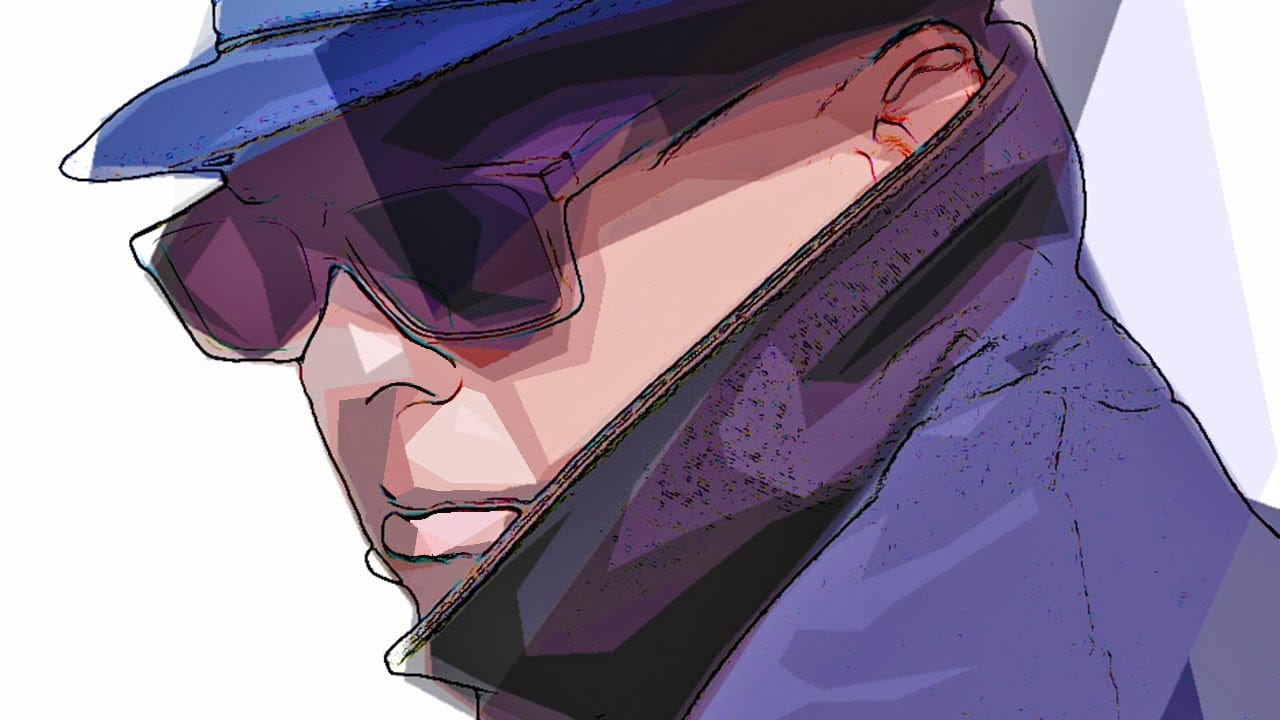This video explores a creative approach to transforming ordinary photographs into vibrant pop art portraits using Adobe Photoshop. It offers a practical method for achieving a distinctive artistic effect that can be applied to various images.
Viewers will learn a streamlined process for applying artistic filters and adjustments, enabling them to achieve a bold pop art style. The tutorial also emphasizes efficient workflow, demonstrating how to replace the source photo without having to redo all the applied effects.
Watch the Video
Understanding Pop Art Aesthetics in Digital Media
Pop Art, a movement that emerged in the mid-20th century, is characterized by its bold colors, strong outlines, and often, its appropriation of imagery from popular culture and advertising. When translating these aesthetics into digital art, software like Photoshop becomes an invaluable tool, allowing artists to replicate the graphic qualities and vibrant palettes synonymous with the style.
The digital medium provides unique advantages, such as non-destructive editing capabilities through features like Smart Objects. This allows for iterative adjustments and experimentation with filters without permanently altering the original pixels, mimicking the layered and often experimental nature of traditional pop art creation. Furthermore, the precision offered by digital selection and masking tools ensures clean separation of subjects, a critical element for the crisp, defined lines often seen in pop art portraits.
By understanding how various filters—such as those that simulate cutouts or glowing edges—interact with blend modes and adjustment layers, digital artists can effectively emulate the visual impact of iconic pop art pieces, transforming everyday photos into striking, stylized works.
Practical Tips for Pop Art Portrait Creation
- Crop your image to specific dimensions and resolution early on to ensure consistent results across projects.
- Utilize Smart Objects for non-destructive editing, allowing you to re-adjust filters or swap photos easily without losing previous work.
- Experiment with the Levels adjustment layer to fine-tune brightness and contrast for individual layers, especially to control the intensity of outlines.
- Leverage the Shadows/Highlights adjustment to bring out details in darker areas of your subject, enhancing the overall definition.
- Master subject selection and masking for clean separation from the background, which is crucial for a polished pop art look.
Related Articles and Tutorials about Pop Art Portraits
Explore more tutorials that delve into transforming photos into various artistic styles and compelling visual effects.


















Member discussion